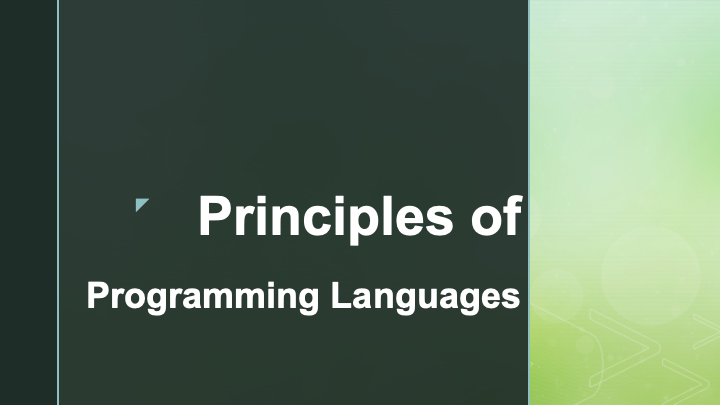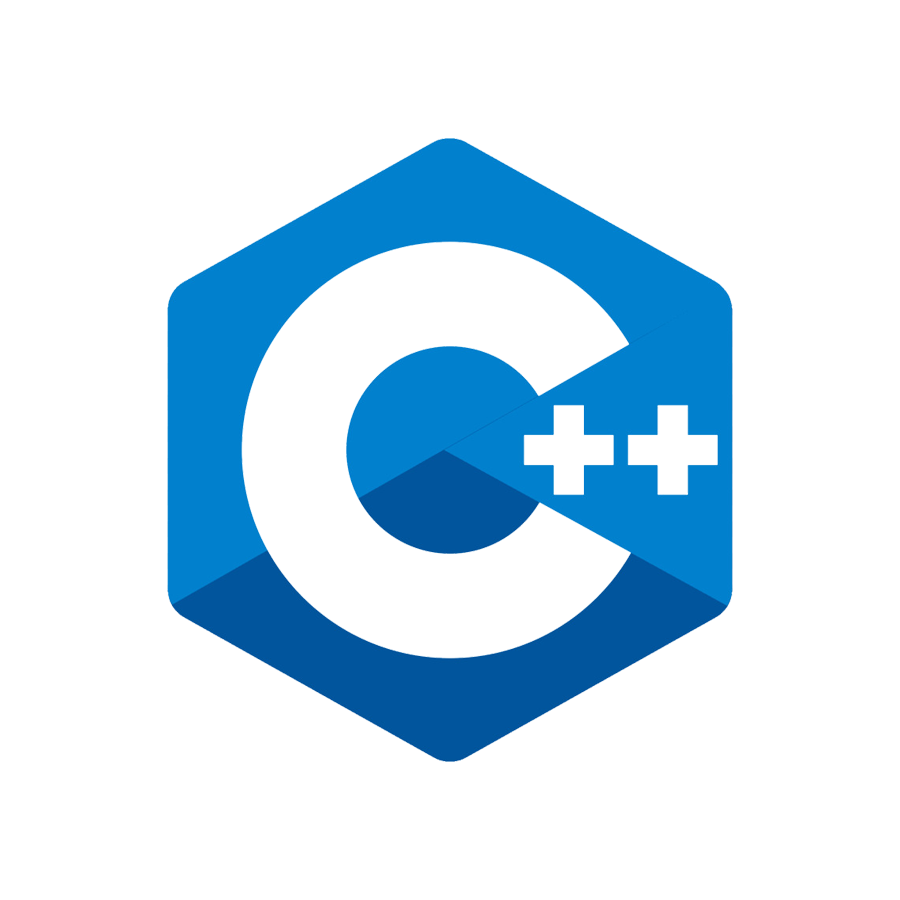手册向简记 Java8 中的Lambda表达式与Stream。
有空补上Stream 的理解 : )
Lambda 表达式
基本语法:
1 | (parameters) -> expression |
“->”操作符将Lambda表达式分为两个部分:左侧为参数列表,右侧为Lambda内容。
可以直接将 Lambda 表达式作为参数传入函数
1 | List features = Arrays.asList("Lambdas", "Default Method", "Stream API"); |
函数式接口
既然 Lambda 表达式可以作为参数,那他一定有类型,也就是Java中的函数式接口。
四类基本的函数式接口:
Function<T, R>:R apply(T t);输入类型T返回类型R。Consumer<T>:void accept(T t);输入类型T,消费掉,无返回。Predicate<T>:boolean test(T t);输入类型T,并进行条件判断,返回true 或 false。Supplier<T>:T get();无输入,产生一个T类型的返回值。
使用
1 | //有一个参数,无返回值 |
1 | //多个参数,有返回值, 可以省略类型 |
lambda表达式作为参数
1 | public static void filter(List names, Predicate condition) { |
Stream
0. 使用
定义一个数组,在数组后接入 stream 与流中的操作,用 . 连接, 返回流操作结束后的结果
1 | final List<String> strings = Arrays.asList("ab", "a", "abc", "b", "bc"); |
1. map – 处理序列 – 参数为 Function 类型
使用传入的Function对象对Stream中的所有元素进行处理,返回的Stream对象中的元素为原元素处理后的结果。
1 | //map,平方数 |
2. filter – 过滤 – 参数为 Predicate 类型
filter 对原始 Stream 进行某项测试,通过测试的元素被留下来生成一个新 Stream
1 | final List<String> strings = Arrays.asList("ab", "a", "abc", "b", "bc"); |
3. peek – 遍历
peek,遍历Stream中的元素,和 forEach 类似,区别是peek不会“消费”掉Stream,而forEach会消费掉Stream;
1 | //peek |
4. forEach – 遍历
对所有元素进行迭代处理,无返回值
1 | Arrays.asList("ab", "a", "abc", "b", "bc").stream() //只有foreach似乎可以不用.stream |
5. anyMatch – 参数为 Predicate 类型
只要其中有一个元素满足传入的Predicate时返回True,否则返回False。操作只要anyMatch中的条件成立后,就不再执行。
1 | //anyMatch |
类似还有
allMatch: 所有元素均满足传入的Predicate时返回True,否则False。只要allMatch条件有一个为false,中间操作将终止执行。
noneMatch:所有元素均不满足传入的Predicate时返回True,否则False。只要allMatch条件有一个为true,中间操作将终止执行。
6. reduce – 规约
通过累加器accumulator,对前面的序列进行累计操作,并最终返回一个值。累加器accumulator有两个参数,第一个是前一次累加的结果,第二个是前面集合的下一个元素。
T reduce(T identity, BinaryOperator accumulator) :这里的identity是初始值。
下面将会把几个字符组装成一个字符串
1 | String concat = Stream.of("A", "B", "C", "D") |
Optional reduce(BinaryOperator accumulator):由于没有初始值,这里输出Optional类型,避免空指针
1
2
3
4
5
6
7
8
9
10
11Optional<String> concat2Optional = Stream.of("A", "B", "C", "D")
.reduce((x, y) -> {
System.out.println("x=" + x + ", y=" + y);
return x.concat(y);
});
System.out.println(concat2Optional.orElse("default"));
// 输出为
//x=A, y=B
//x=AB, y=C
//x=ABC, y=D
//ABCD
7. collect – 收集 (转化)
collect方法可以通过收集器collector将流转化为其他形式,已经在Collectors类中封装了多种 collector。
1 | //collect,拼接字符串 |
例子:
1 | // 为每个订单加上12%的税后求总值 |
参考:







